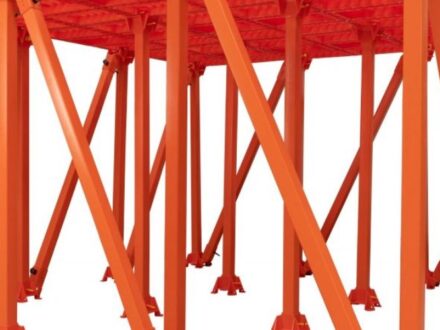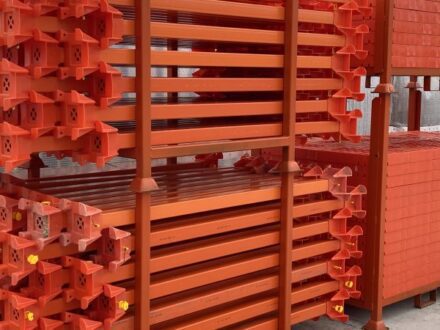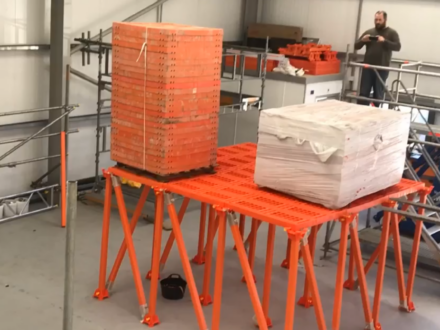


26-01-2022
G&M Celebrates 20 Year Anniversary and Launches G&M Group Leading construction industry work at height safety training and temporary safety systems brand, G&M Safety Netting Ltd/G&M Safe Deck have re-branded – launching G&M Group – in the year the company marks its 20th year in business. Established in...

03-02-2021
Freestanding G&M Safe Deck Freestanding G&M Safe Deck is the only plastic system that can be installed without the need for a structure to contain it. The addition of a simple adapter enables this unique feature. 7.5kN Loading Capacity We have now tested for an increased loading capacity on the...

26-01-2021
G&M Safe Deck Ltd are proud to announce we are now an approved group supplier for Temporary Safety Systems and safety products. We are currently supplying the G&M Safe Deck System and access hatch into Taylor Wimpey projects in the North West and neighbouring counties. As an approved group supplier...

12-10-2020
FASET Platform Decking Webinar Bookings for the FASET Platform Decking Webinar are being taken now! Click the button or image below to book the Webinar and gain access to free information on Platform Decking / Crash Decking systems. BOOK NOW

10-10-2020
After 2 years of development we are proud to announce a new innovation. A free standing crash deck. Free Standing Crash Deck – Why? In 2018 and 2019 we exhibited the Safe Deck system at the safety and health expo. We received a lot of positive feedback from the visitors...

09-10-2020
Fall Arrest Safety Equipment Training FASET is the trade association and training governing body for the temporary safety systems industry. FASET is a non-profit organisation. Member companies make up the association and have a direct input into it. FASET is growing in membership, now at over 50 members. FASET is...

08-10-2020
G&M Safe Deck undergoes new load testing Following feedback received at the Safety & Health Expo 2019 we have engaged in new load testing. Some visitors to the Safety & Health Expo who visited our stand asked us if the system could potentially take more loading than we currently have...

07-10-2020
FASET – Platform Decking for Managers Delivered by G&M Safety Netting Ltd. Focuses on crash deck inspection and management. Platform Decking is provided by Scaffold Installers and FASET Members. G&M Safe Deck and other Systems are covered within the course. Consequently, the system components are covered by the syllabus as...

06-10-2020
G&M Safe deck business opportunities have never been greater. house builders are moving away from bean bags and traditional bird cage scaffolds. As a result there is a gap that needs to be filled. So, why not fill it? Invest in a G&M Safe Deck system and your future business....
We provide full onsite assessment backed by a professional and highly experienced team to ensure your site personnel are safe from the start of the job until evacuation.
Contact the Team today for a quote
G&M Safety Netting Ltd, 7a Brooks Lane, Middlewich, Cheshire, CW10 0JH
T: 01606 834 630E: office@gmsafedeck.co.uk




